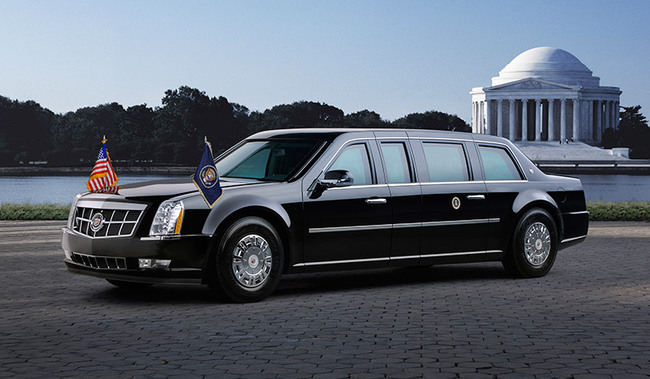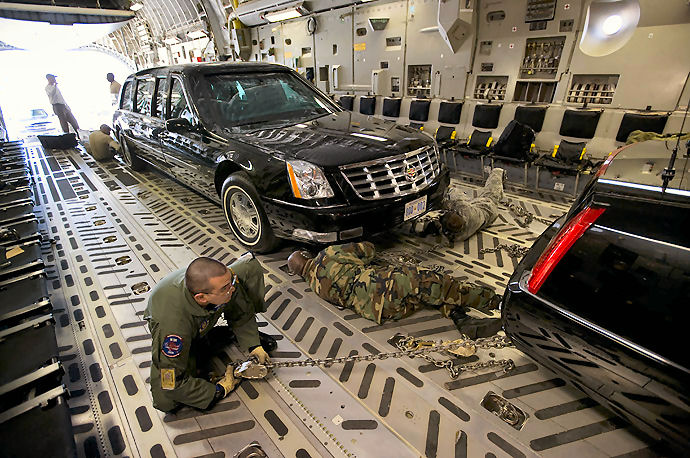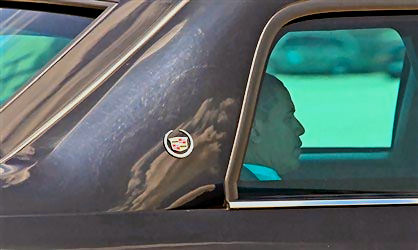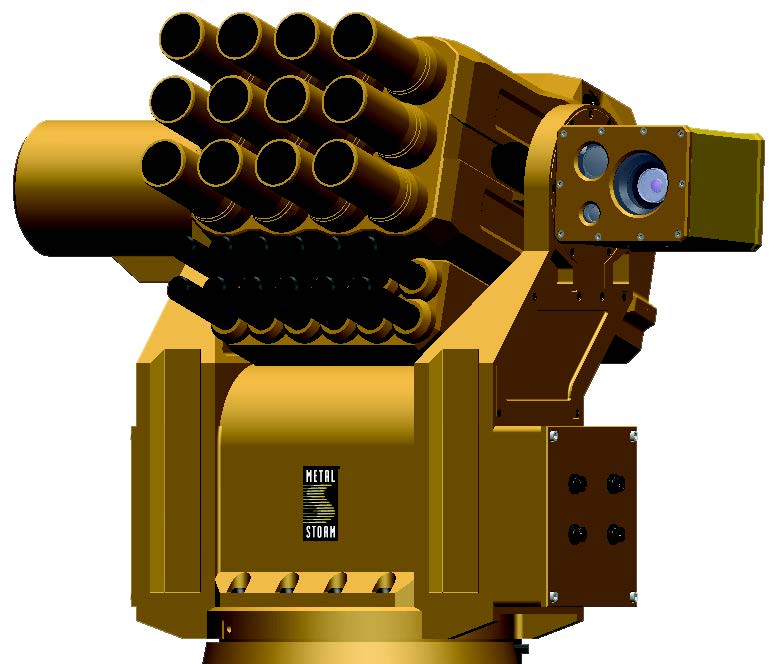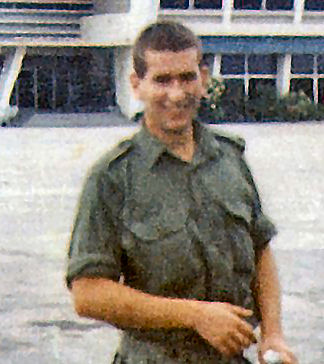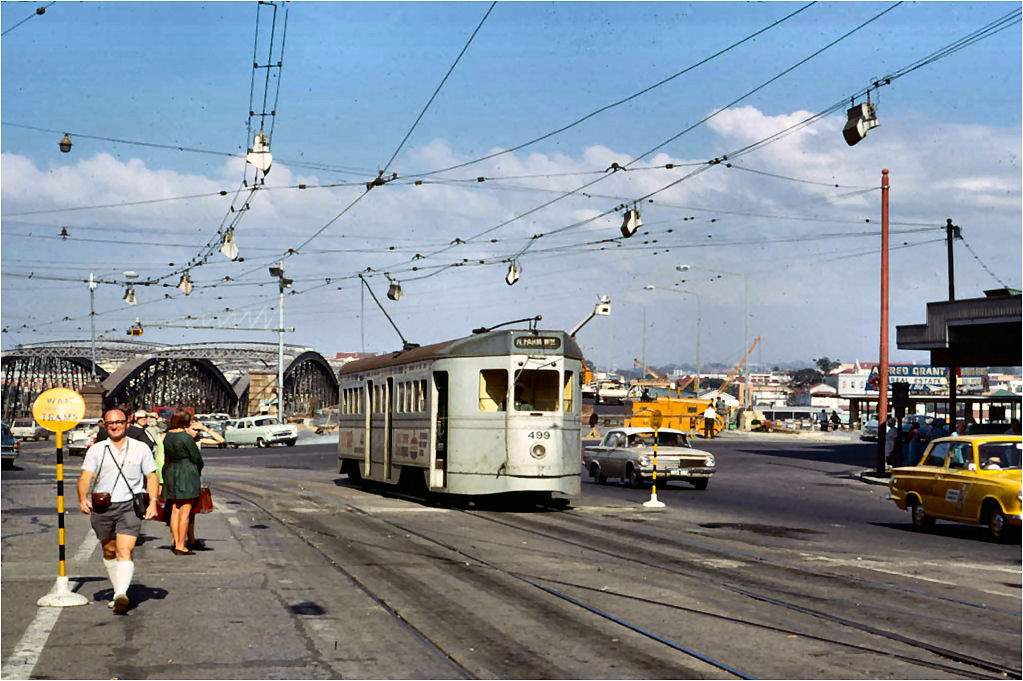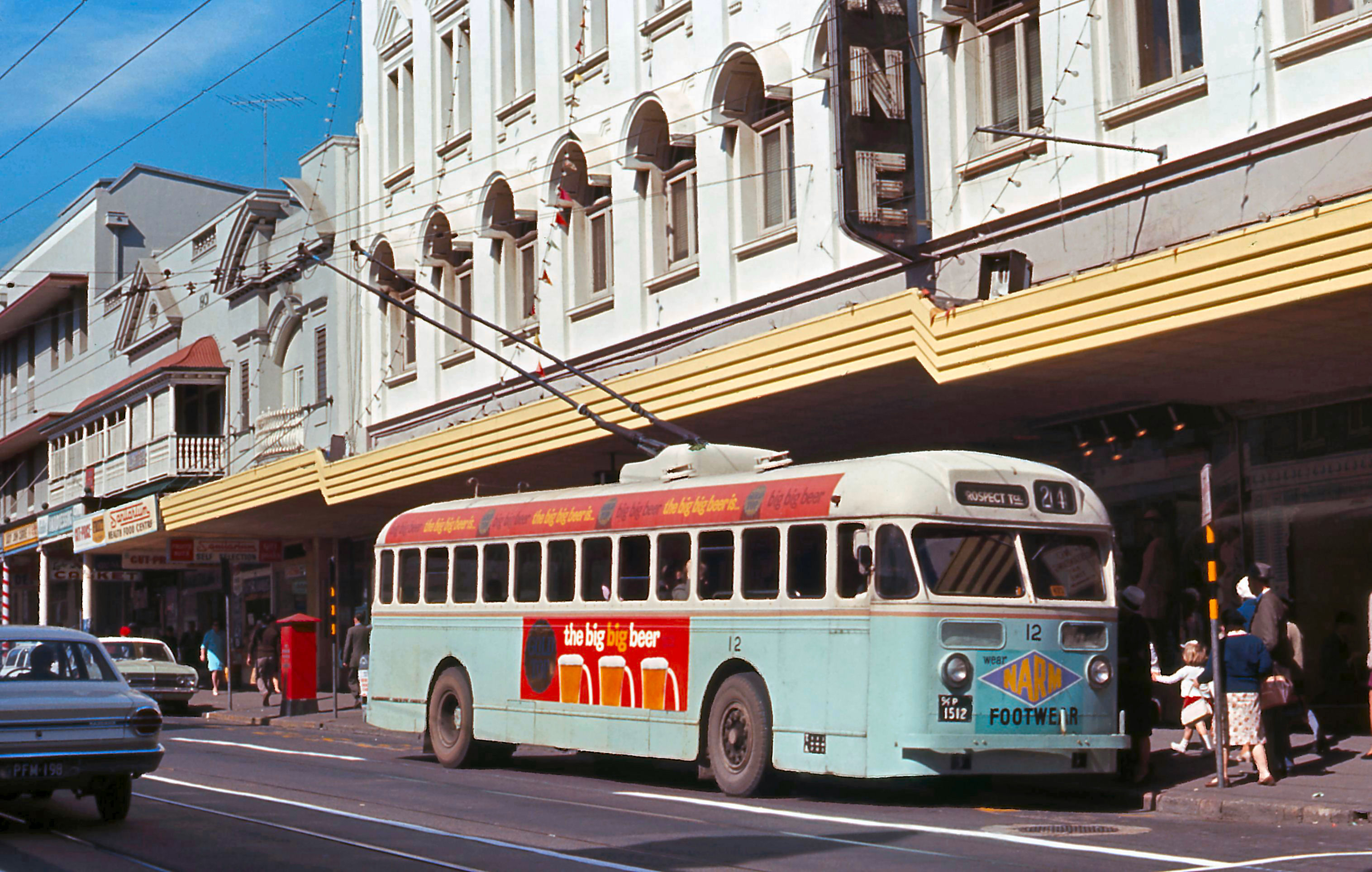|
|
|
Radschool Association Magazine - Vol 37 Page 15 |
|
Privacy Policy | Editorial Policy | Profit Policy | Join the Association | List of Members | Contact us | Index | Links |
|
|
|
War vet fined for river work.
A Vietnam War veteran has been slammed with a $1500 fine after spreading crushed rock and gravel on a riverbank to help disabled and wheelchair-bound Vietnam vets access a private retreat. Woodgate man Roger Vincent Dwyer (Vietnam Infantry 15 Oct 1969 to 18 march 1970) faced Bundaberg Magistrates Court on the 14th November charged with unlawfully performing works in a declared fish area. The charge stems from 2009, when Mr Dwyer transformed his 16-hectare Gregory River property into an idyllic retreat for Vietnam veterans and their families.
Mr Dwyer spread 15m of crushed rock and gravel just above the high water mark to allow the veterans to walk and wheelchair up from the river into the property. But 10 months later, he was charged with unlawfully performing works in a declared fish area, a charge that carries a maximum $300,000 fine.
While he maintains his innocence, Mr Dwyer yesterday pleaded guilty to the offence, saying the cost of fighting the charge would have been too expensive. "I was extremely disappointed," he said after the hearing. "There was no reason for this - there was no destruction or damage to the mangroves or vegetation. "
Vietnam veteran Roger Dwyer (right), pictured with Burnett MP Rob Messenger, (Independent) in front of the Bundaberg Court House.
The Vietnam vet said he felt no relief that the matter was finally over. "This will always grate and, I mean on us - all the veterans," Mr Dwyer said. "It's the attitude of the (Department of Primary Industries). They have no consideration for the amount of work we've done and what it is being used for. "It is a free facility for all vets to attend. "
Mr Dwyer's supporters packed out the court hearing. One of his main supporters throughout the ordeal has been Burnett MP Rob Messenger, who said the charge against Mr Dwyer was "disgusting". "The whole weight of the government's environmental legal department was thrown at a returned serviceman who stabilized a riverbank so that a fellow vet in a wheelchair could access a retreat for Vietnam veterans," Mr Messenger said. "The hypocrisy of the government's actions is breathtaking. "
“This is a disgrace,” Messenger said, “I want an independent investigation into why Department of Primary Industries and Fisheries inspectors are harassing and prosecuting yet another of our loyal boys who risked their lives and fought for our precious freedom and liberties.”
Mr Dwyer and wife Deborah bought the Gregory River property 22 years ago and in September 2009 finished turning it into an idyllic retreat for Mr Dwyer's Vietnam veteran mates and their families.
Rob Dwyer said, “Back in 2010 DPI & F inspector Deryk Smith came along and told us we were interfering with a fish habitat by ‘unlawfully performing works in a declared fish habitat area. How can this little rock fill that makes life more bearable for men who fought in Vietnam possibly lead to my being summoned to Bundaberg Magistrates Court to face a conviction and a huge and possibly unjust $300,000 fine?”
MP Messenger raised Mr Dwyer's case in parliament back in February, saying he was concerned that under the fish habitat legislation the maximum fine for damaging a riverbank was $300,000. The premier, whose husband Greg Withers runs the DPI&F department, replied that “in terms of offences, the legislation has been drafted in comparison to other similar legislation for boards dealing with matters of a similar nature ... not every offence is comparable, but I think the drafters do a pretty good job of ensuring some level of consistency.”
Elder Marie Wilkinson, 77, from the local Butchulla tribe wrote to the court on Dwyer’s behalf. She said “I wish to advise that this proposed prosecution of Roger Dwyer is one of the worst cases of injustice I have been associated with in the last 30 years since I have publicly been involved with ‘looking after country' in this region, namely Butchulla and Gurang Gurang, which I am a Traditional Owner by Elder. I have personally visited this Vietnam vets' retreat/campsite and the only access from boat to site is up this small narrow bank. It is a gross exaggeration that any detrimental work was conducted by Mr Dwyer and in actual fact, the opposite occurred by stopping erosion to the alluvial bank.
If you would like to tell the DPI&F and the Queensland State Government what you think of this, you can do so HERE
|
|
Words with two Meanings;
VULNERABLE (vul-ne-ra-bel) adj. Female.... Fully opening up one's self emotionally to another. Male.... Playing cricket without a box.
|
|
|
|
Barry Allwright, an eleco with 35 Sqn in Vietnam from July 1969 to July 1970, having a cold Tooheys Flag, as one tended to do on a hot day!!. |
|
|
|
Drones.
Drone aircraft are gradually being used more and more in the USAF. It won’t be long before there is nowhere safe left to hide. Scary stuff!
There is video of an operator flying a drone which is being used to attack and destroy baddies on the other side of the world. The operator, in this case a young girl, is in Nevada. The control booth she is using is made at the Unmanned Ground Control Systems at Raytheon Intelligence and Information Systems in Garland, Texas.
The controller in this case is actually flying the aircraft. In the video, her flight instruments screen is located in the upper left of the lower central large monitor screen. The other screens are views from the drone itself.
The drone she is controlling is flying on the other side of the world, thousands of miles away. Her left hand is on the throttle controlling the drone's engine while her right hand is flying the plane. All the buttons needed to control the drone are located on the joystick. She never removes her hand from the throttle.
Drones can be and are regularly flown in Iraq or Afghanistan and controlled from Nevada.
You can just imagine how big the communication “pipe” has to be to pump all the data necessary to perform these complicated tasks through to the drone on the other side of the world in REAL TIME. It is not a modem you or I will ever get our hands on at Dick Smith !!!
This is modern warfare.
Click HERE to see how it is done.
Obama’s taxi.
The Pres
was recently in Australia, which is a good excuse to have a look at his
wheels. Since 1900, a variety of vehicles have both officially and
unofficially been acknowledged as the presidential vehicle and it wasn’t
until the late 1930s, that the U.S. government specially commissioned
official vehicles for presidential use. As each new
After extensive modifications, it ended up as the vehicle below, and as it was built by GM, it has been deliberately styled to resemble a Cadillac which makes good marketing sense. It is often known as Cadillac One or Limo One (a reference to the U.S. presidential aircraft, Air Force One) but because of its size, weight, wheelbase and bunker-like level of protection, is also commonly referred to as the “Beast”.
Over recent years the Pres Limo is replaced every 4 years with the superseded vehicle becoming a hand me down for the Vice-Pres and visiting heads of state. |
|
|
|
Where the Pres goes, so does his Limo, being transported in a USAF C17.
The current vehicle is the latest in a long line of ‘Cadillacs’ to join the First Fleet. Although GM and the Secret Service jealously guard the vehicle’s specs and secrets, you can bet it is the toughest, most sophisticated car anywhere in the world.
This car is one of a small fleet of what is believed to be no more than 25 presidential limos General Motors built for the Obama administration. GM says the car occupies the "same footprint" as the limo used to carry George W, but it is a little taller and the windows a little bigger to improve visibility. The body is sheathed in military-grade armour as much as 8 inches thick on the doors and the whole thing is believed to weigh between seven and eight tons. The armour reportedly is a mix of dual-hardness steel, aluminum, titanium and ceramic and the windows are ballistic glass said to be 5 inches thick. The cabin is believed to feature a sealed air recirculation system to protect its occupants from chemical attacks.
Obama’s limo is the latest in long line of presidential cars GM has built in the years since Congress approved funding for a presidential motor pool. President Wilson rode in a Caddy during a parade marking the end of World War I. President Coolidge sported a lavish 1928 Cadillac Town Car which was among the first Caddys parked at 1600 Pennsylvania Ave. It featured a 341 cubic inch engine and a robust (for the time) 90 horsepower.
In 1938, the US government received two Cadillac convertibles, each 21.5
feet long and weighing nearly 3
tonnes
Cadillac returned to the White House in 1983, when President Reagan rode around in a Fleetwood famous for being the last equipped with the Turbo Hydra-Matic 400 3-speed automatic transmission. President Clinton rode in a Fleetwood Brougham powered by a 454 cubic inch (7.4 litre) V8.
The largest collection of presidential limos is held by the Henry Ford Museum, but President Bush’s limo will not appear in it. Since 9/11, the Secret Service has required that presidential limos are to be destroyed upon retirement to preserve their secrets.
Here are some (probably) unknown facts about the current Presmobile.
|
|
ENTERTAINMENT (en-ter-tayn-ment) n. Female.... A good movie, concert, play or book. Male...... Anything that can be done while drinking beer.
|
|
Fire Storm
FireStorm™ FURY is a range of high intensity multi-barrel weapon systems that can deliver scalable firepower from a single shot to burst rates up to 20,000 rounds per minute (that’s 330 every second!).
Using the stacked projectile technology that Metal Storm is famous for, provides the advantage of high volume of fire in a lightweight compact package.
This thing is unreal, you can read about it HERE or watch video of it in action HERE.
|
|
|
|
The last Vietnam victim.
Terry Brown Herald Sun 31st October, 2011
Mick Berrigan was in the Army and had served in Vietnam for seven months (May 1967 to Dec 67) when he suffered a catastrophic head wound. When he left Australia to go to Vietnam he was a bright spark who loved a drink and the girls. The shell of a man who came back injured never recovered from his private hell. Private Mick Berrigan died from combat injuries on Sunday the 23rd October and was buried on Thursday 27th October.
There weren't any politicians there, or news cameras, because death didn't come swiftly. It ate at him for 44 years, tore at his body and soul and drove his parents to an early grave. The artillery shell shrapnel that hit him, so-called friendly fire, took the best part of his life in Vietnam, and then took its time with the rest. When soldiers die on the battlefield, they are said to have made the ultimate sacrifice. To live on in pain, anger and confusion as a brain injury progressively destroys you and everybody you love, is worse than that. Comrades count Mick as an Australian combat casualty of the Vietnam War, as much as any of the official 500 fallen. They think, dead at 66, he may be the last. "We commemorate the dead but we forget about the wounded," unofficial 7th Battalion historian Mike O'Brien says bitterly. And Mick's younger brother Chris, who has spent most of his life watching his brother's cruel decline, says there are worse things than a battlefield death. "If you're killed outright, there's traumatic suffering and terrible sadness. But the terrible sadness goes away eventually, doesn't it? " Chris says. "I think this was worse than what they usually call the ultimate sacrifice. "
In 1967, while the rest of the world embraced flower power and the Beatles sang that love was all you need, Mick Berrigan, the fourth of eight kids, went to war. He was smart, with a year of Melbourne University law under his belt, and headstrong. He liked a beer a little too much, liked to chase girls at South Side Six (Hotel) in Moorabbin and took a gap year from uni to build a bankroll for the rest of his course. When the call-up came for national service, Mick was up for the pay and the adventure. He landed in Vietnam in April 1967 and took a hit in November ahead of an attack on a Viet Cong camp 1km east of Nui Toc Tien. Australian guns were called in to soften up the camp and five of the six shells hit. The other exploded against a tree 50m from Pte Berrigan and shrapnel from it tore through his skull and his brain. "We couldn't keep him quiet," a Digger mate of Mick's wrote in a diary. "We gave him dose after dose of morphine. We believed we had no alternative. We were close to the enemy and had to keep him quiet. "
But the story didn't stop there. Mick died and was resuscitated. His mother was flown to Vietnam to say her goodbyes to her comatose son, but he was strong and fit and lived. "Operating on his skull, they had to remove fragments that were blown into his brain. Then they patched him up," Chris says. "I remember him in bed at Heidelberg (Repatriation Hospital) and he looked remarkably fit and very, very tanned, brown as a berry. " He was already paralysed, flat in bed and he couldn't turn to one side. His speech was slurred already, but he knew people. " With callipers and a four-pronged walking stick, somehow the hospital got Mick on his feet and home. "There was a time when he was at home and we were living in East Malvern when he used to walk up to the front gate, walk 100m down the street," Chris says. But it was a false dawn. "There was a great hopefulness that he would improve. That changed into 'nothing's happening', and that changed into a feeling of hopelessness, awful for any family," Chris says.
Mick suffered seizures and each one took a part of him away. His short-term memory was shot and his useless limbs, once so strong, grew twisted. "It's like he's been a 22-year-old soldier all his life. In that sense he was stuck in time," Chris says, but adds: "Whatever brain damage there was, he did have some episodes of clarity and deep insights. We wondered how much he knew. "In an earlier war, Mick would have died. A later one, and he would have caught medical advances and better treatment. As it was, his life became a round of psychiatric hospitals, frustrated outbursts and harsh drugs to bomb him out.
The family's fight for the best for Mick was unending. And also, so bittersweet, there were times when he touched his carers and family, connecting in small ways that meant everything to them. "He was quite an assertive, macho guy, intensely independent," Chris says. "It was very difficult for him to have that taken. Often he would lash out at people, try to hit people. He would get angry and this would lead to him being heavily tranquillised. "It was just a gradual decline. It's hard to express. My mum was particularly devastated by it. It was a real heartbreak to go out and see him. "He went through unpleasant repat hospitals for many years, and nursing homes and things like that. " Family priest Fr Peter Matheson spoke of the toll on Mick's parents at Thursday's service. "They died before their time because of that weight," he said.
Mick's last 11 years were spent surrounded by kindness, helped by Yooralla at a home in Highett, but the brain injury was relentless and paralysis spread to his throat muscles. "There was not much in his life. The only pleasures were a beer and a smoke and his food," Chris says. "In the end you'd give him food and instead of swallowing it, he was breathing it in. "On Sunday, his battle ended. The war was over for Mick and his family. "The ultimate sacrifice? This is even more, isn't it, really? What a waste," Chris says. "He died in his sleep. That's something, isn't it? "And a comrade, John Johnston, one of the 30-odd Vietnam veterans in a guard of honour for the flag-draped coffin, spoke for all of them.
"There just couldn't be a greater sacrifice," he said. "There couldn't be. "
|
|
The dot over the letter "i" is called a tittle.
|
|
CONFESSIONS OF THE 458TH Mike Hebert
We were very lucky in Vung Ro Bay. There was never any brass around. The head honcho was an E-6, and we all pretty much lived the good life. Most of us had our own little refrigerators in our rooms which were normally quite well stocked with Olympia beer, our favourite. In the room directly next to me was Bob McCabe. He had a larger refrigerator than the rest of us. It was very, very well-stocked. I remember entering the hallway to our hootch one afternoon. Bob had just returned from patrol and was absolutely fuming! It seemed as though his beer was disappearing faster than he could drink it.
Not knowing who the culprit was, Bob set about doing some detective work. After a few days, he had determined that it was none other than our NCO I/C, the boss himself! There was really no way to confront the perpetrator about this since we were both E-4’s. One afternoon when everything was real quiet we took a hand grenade from the conex storage and gently transported it out behind the hootch. We unscrewed the firing mechanism, set the grenade aside, and pulled the pin on the handle, blowing the fuse. Then we put the firing mechanism back together and screwed it back into the grenade. Bob and I went to his room, opened his refrigerator, and wired the grenade to the second shelf. Then we ran a small line from the grenade pin to the inside of the fridge door.
Coming back from patrol the next day, Bob discovered that the pin was out of the grenade. Strangely enough, though, there was never any more beer missing!
|
|
|
|
|
|
|
|
This girl is good!! Just imagine the hours of practice!!
|
|
Brisbane Trams.
APN recently went through their files and found a bunch of photos of the old Brisbane trams, which were taken by Geoff Wieland pre 1969. The trams operated between 1885 and 1969 and ran on standard gauge track. The electric system was originally energised to 500 volts and subsequently increased to 600 volts. All tramcars built in Brisbane up to 1938 had an open design which proved so popular, especially on hot summer nights, that the trams were used as fundraisers and often chartered right up until the last service by social groups.
Most trams operated with a two person crew, a driver and a conductor, who moved about the tram collecting fares and issuing tickets. The exceptions to this arrangement were on the Gardens line (Lower Edward Street) where the short duration of the trip meant it was more effective for passengers to simply drop their fare into a fare box as they entered the tram; and the "one man cars" which operated in the early 1930s.
|
|
|
|
|
|
The peak year for patronage was in 1944-45 when almost 160 million passengers were carried. There was 199 kilometres of track in the system, some of which were protected by signalling which operated off the trolley wire. By 1959 more than 140 kilometres of track were laid in concrete, a method of track construction pioneered in Brisbane.
Of the Australian capital cities which closed their networks between the 1950s and 1970s (only Melbourne and Adelaide retained trams, although Adelaide only had one line in operation), Brisbane was the last capital city to shut down its trams. Despite the decision to shut down the network, the city's trams were held with great affection by locals. There have been ongoing proposals since the early 1990s to reinstate a functional tram network.
Unlike other capital cities, Brisbane developed with no wealthy suburbs, instead the well-off built mansions on hills and the city expanded to become one of the most dispersed cities in the world by the 1870s. In the early years of Brisbane's settlement, walking was the most convenient way to get around as most people choose to live close to their workplace. In 1875 the railway line to Ipswich opened up some areas in western and southern districts, however fares were expensive, as was owning a horse.
Brisbane's tramway system became under the control of the City of Brisbane in 1925. Through the 1940s and 1950s the tram system enjoyed strong political support within the Brisbane City Council, which continued to expand the tram network and upgrade its fleet with some of the most advanced trams in Australia. Until 1934, the trams carried mail to and from suburban post offices to the GPO in the city and they acted as mail boxes. Trolleybuses were introduced in 1955.
The one below was photographed in the Valley in 1968.
|
|
|
|
|
|
By 1948 Brisbane's trams failed to return a profit as they could not compete with the more efficient bus services. Urban development, often well away from public transport, the rise of suburban shopping centres and the relative decline in the cost of motorcars meant that as elsewhere, Brisbane's public street transport system increasingly had to compete with the private motor car and patronage slowly declined from its post war peak to approximately 64,000,000 passenger journeys in 1968.
Clem Jones became Lord Mayor of Brisbane in 1961 and that was the start of the end of the trams.
Then in 1962 the Paddington tram depot burnt down and 67 trams were destroyed. This represented 20% of the entire fleet and definitely signaled the end. In common with most other cities throughout the English-speaking world, Brisbane converted its remaining tram lines between 1968 and 1969 to all bus operation. The last trolley buses ran on 13 March 1969 and the final trams ran on 13 April 1969.
Unfortunately, most older, wooden trams were stripped of metal parts and then burnt at the City Council's yard at Cribb Street Milton (adjacent to the tramway workshops). The bodies of later, all-metal cars were sold as sheds and playground equipment. What a shame...
You can see the APN photos HERE. You will need Microsoft Power Point to see the photos and people who know Brisbane will recognize most of the street/suburbs. AND!!! have a look at the traffic!! If only we could go back to that!!
|
|
|
|
|
|
Back Go to page: 1 2 3 4 5 6 7 8 9 10 11 12 13 14 15 16 17 18 19 20 Forward |
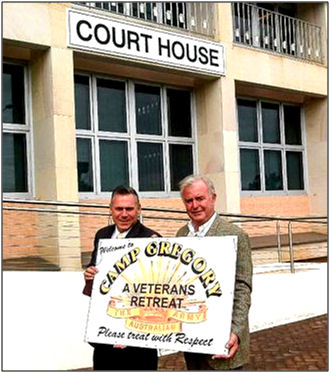
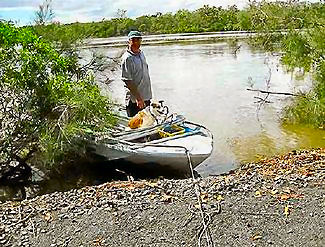
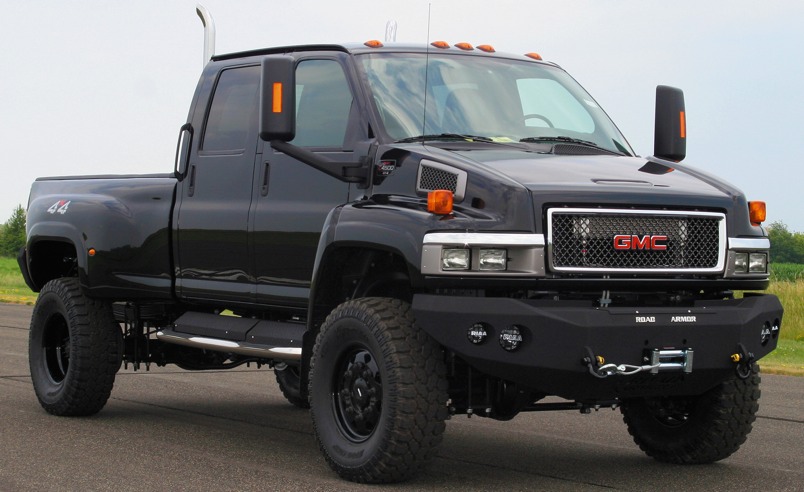 vehicle was ordered, more and better communications equipment, special
convenience features, armour plating, and defence counter-measures were
added to the vehicles. Only cars produced in the US are traditionally
chosen for the role. The most recent vehicle to be customized started
life as a GMC Topkick ute similar to the one at right.
vehicle was ordered, more and better communications equipment, special
convenience features, armour plating, and defence counter-measures were
added to the vehicles. Only cars produced in the US are traditionally
chosen for the role. The most recent vehicle to be customized started
life as a GMC Topkick ute similar to the one at right.